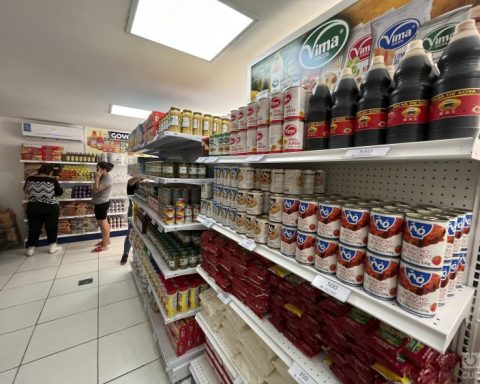Latin America’s central banks may be forced to extend rate-hike cycles in an effort to prop up battered currencies that threaten financial stability, analysts said. Goldman Sachs Group Inc. in a recent report.
(Why is the dollar sold cheaper in exchange houses?).
The currencies of the region, in particular the Chilean and Colombian pesos, They remain vulnerable to intensifying recession fears, deteriorating economic activity in China (and a subsequent further decline in commodities), or a more hawkish Fed. Alberto Ramos, Goldman’s chief Latin America economist, and colleagues wrote in a research note for investors.
“Central banks will come under pressure to extend already long and deep rate hike cycles, moving monetary stance deeper into contractionary territory, even as growth prospects deteriorate.”
Both the currency of Colombia and Chile reached record lows this month, while Latin American currencies account for five of the eight worst performing emerging market currencies tracked by Bloomberg.
(Dollar in Colombia: how much are they selling it for in exchange houses?).
In the last weeks, currencies have been hit hard by commodity sell-offs as the dollar remains strong and recession fears rise.
In addition to stricter interest rates, central banks may be “justified” to intervene in foreign exchange markets, as Chile has done with an injection of US$25 billion.
The fall “adds additional strength to an already very hot and challenging inflation environment, as a significant and very rapid weakening of the currency will soon feed through to domestic prices and trigger a further unwinding of inflation expectations”they wrote.
BLOOMBERG















